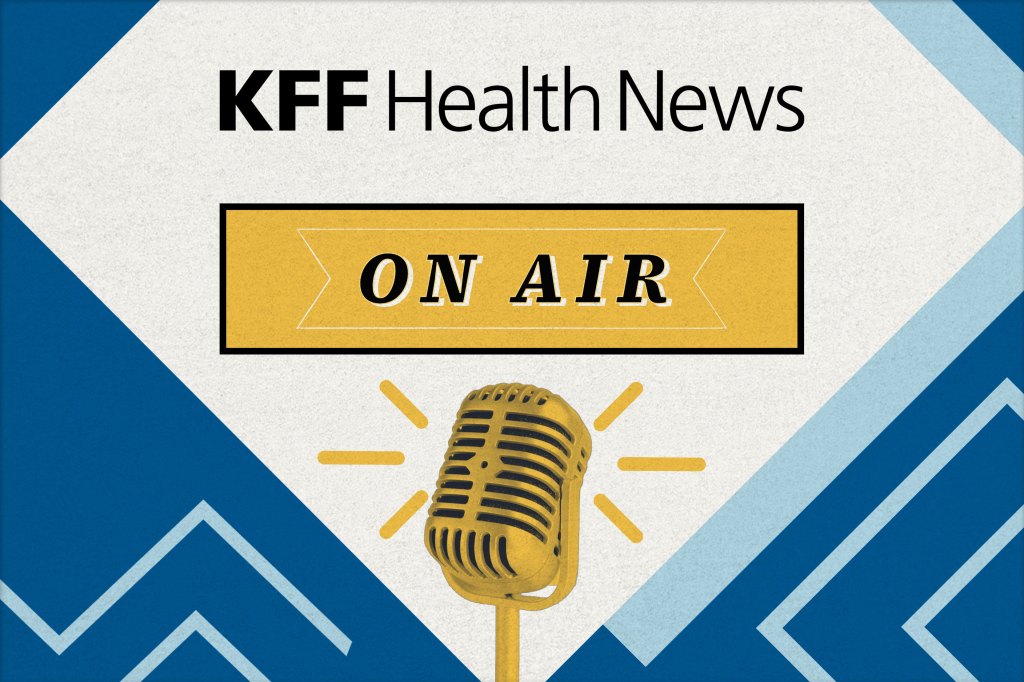With summer approaching, oyster slurping season nears. And with it, unfortunately, looms the threat offood poisoning. Recently, that’s been brought front and center by the circulation ofTikTok videos claiming that bacteria hiding in oysters can lead to pretty gnarly symptoms—everything from diarrhea and vomiting to potentially life-threatening infections.
But social media can be dramatic at best, and flat-out wrong at worst. So is therereally a need to worry? I’m an East Coaster, and savoring shellfish is nearly sacramental to me, so I desperately needed to chat with some food safety experts to break all this down. After talking with them, I can honestly say I may limit my own oyster adventures this summer. Read on to learn why.
What are the potential health risks of eating raw oysters, anyway?
To understand why some oysters can make you sick, let’s peel back the layers of the shellfish’s anatomy first. Oysters filter water from their environment to feed,Dave Love, PhDa senior scientist at the Johns Hopkins Center for a Livable Future, tells SELF. One oyster, on average, filters50 gallons of water daily. In doing so, the mollusks “trap harmful bacteria, viruses, or parasites, which can naturally occur in the water,” he says.
One kind of bacteria to pay close attention to is vibrio, which can build up in the oyster’s tissue. The bug is most commonly found in coastal waters where oysters are harvested, and certain strains of it can make you sick, according to the CDC. Each year, the CDCestimates nearly 80,000 people get sick with vibriosis (the infection caused by the vibrio bacteria) and 100 people die from it.
In most vibriosis cases, the illness is mild, and causes vomiting, watery diarrhea, nausea, stomach pains, or some weakness, says Dr. Love. But it can be more serious for people with compromised immune systems,Doris Hicks, MSa seafood technology specialist at the University of Delaware Sea Grant College Program, tells SELF. In these rare cases, vibrio can cause serious blood infections, which can lead to limb amputations or death.
Are some oysters riskier to eat than others?
Location of harvest and time of year matter when thinking about the potential risk too. For instance, oysters on the Gulf Coast are more likely to harbor vibrio than those from the East Coast, and no matter the region, the bacteria increases in coastal waters from May through October. That’s because the sea temperatures warm up during those months, creating favorable conditions for bacteria like vibrio to multiply, says Dr. Love.
That doesn’t mean oysters farmed from cooler waters are definitely safe. Thanks toclimate changeoysters from the East Coast face a growing risk of vibrio contamination due to rising water temperature, says Hicks. In fact, even a slight increase of two degrees can create ideal conditions for the bacteria to flourish, according to a 2010 study in thePhilosophical Transactions of the Royal Society B: Biological Sciences.
How likely are you to get sick from eating raw oysters?
According to the US Food and Drug Administration (FDA), during peak vibrio season in the Louisiana Gulf Area, you can expect about one case of vibriosis out of every 2,270 servings of oysters. Compare that tonorovirusone of the most common causes of foodborne illness: In the US, one in 15 people gets sick from norovirus annually, according to theCDC.
Note: This article have been indexed to our site. We do not claim legitimacy, ownership or copyright of any of the content above. To see the article at original source Click Here












